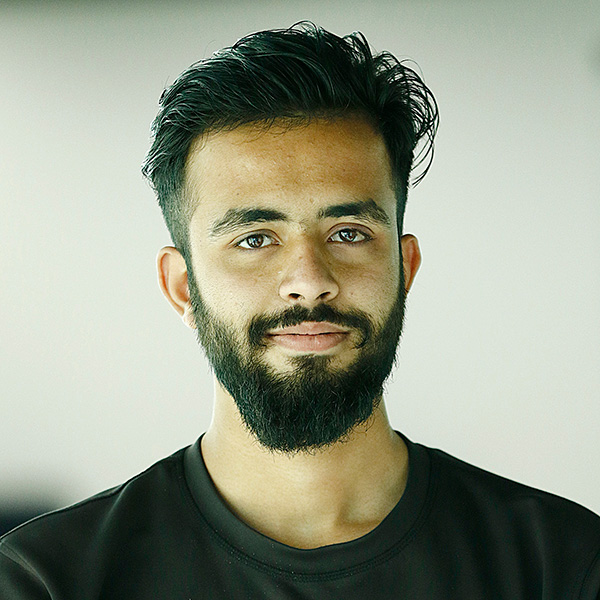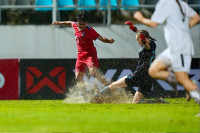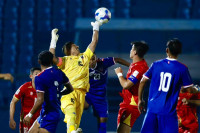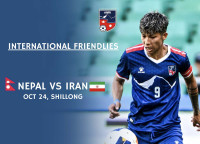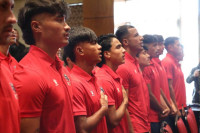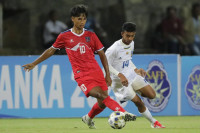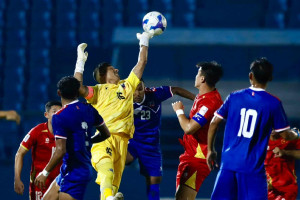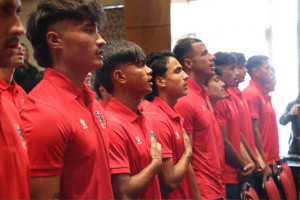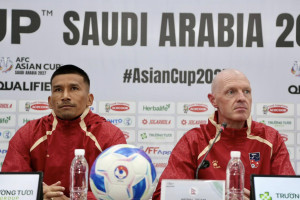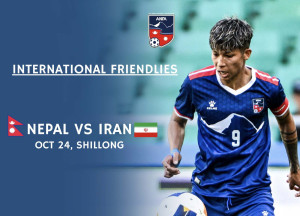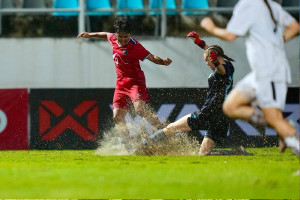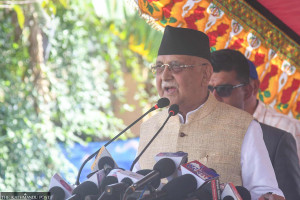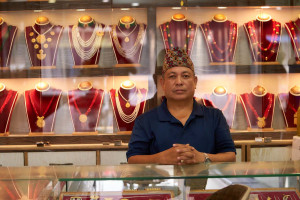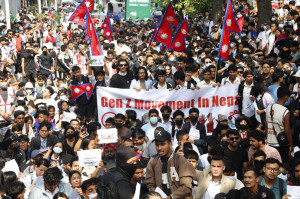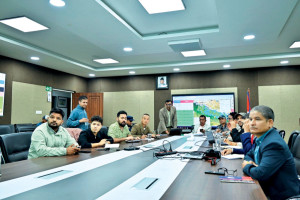Football
‘Bangladesh football eyes success in Asia and beyond’
Tabith Awal, Bangladesh football’s chief administrator, speaks to the Post about the remarkable progress the country has made in the sport of late and his ambitions.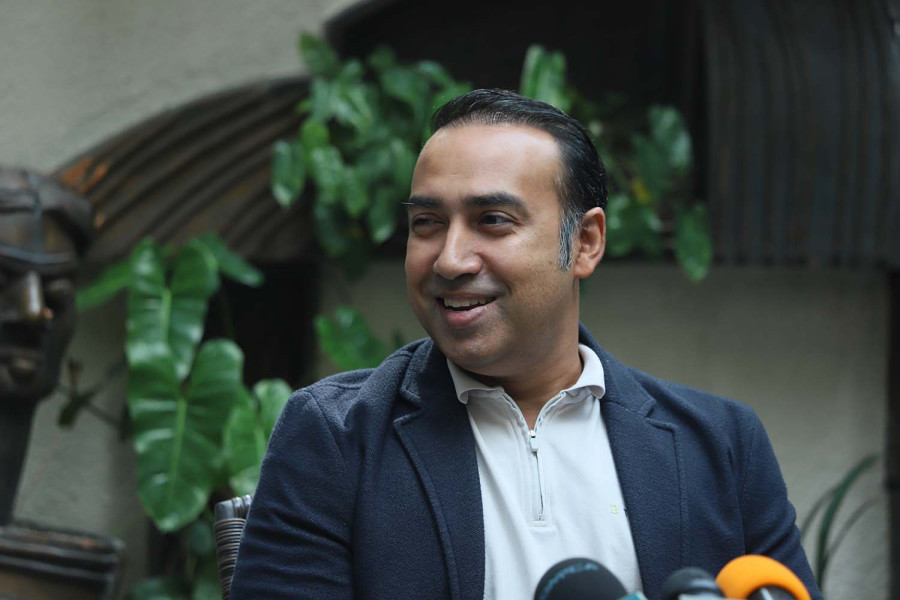
Nayak Paudel
In a year marked by political tension and economic uncertainty, football in Bangladesh has emerged as a powerful reminder of what is still possible. From the women’s national team’s historic qualification for the 2026 AFC Women’s Asian Cup to the growing ambition of domestic clubs, the sport has offered Bangladeshis a rallying point for hope and pride.
On Tuesday, Bangladesh Football Federation, the sport’s governing body in the country, marked its 53rd foundation day. The federation is currently headed by Tabith Awal, a former footballer and politician, who was elected in 2024 for a four-year term. Since the election of Awal, 46, football in Bangladesh has been marked by investment in youth competitions, stronger club structures, and initiatives to tap into the global Bangladeshi diaspora.
These are heady days for Bangladeshi football—be it because of the excitement around former Premier League midfielder Hamza Choudhury, who has already scored for the national team, or the push to open more pathways for players across the SAARC region.
In this interview with the Post’s Nayak Paudel, Awal reflects on the progress made so far, the lessons learned, and the ambitions driving Bangladesh football into the future.
The interview, conducted via WhatsApp, has been edited for length and clarity.
What has been your core vision for the development of Bangladesh football?
Our core vision has always been to make football inclusive and accessible to everyone, rather than limiting it to just a few clubs or players.
Over the years, we have focused heavily on discipline and technical analysis to improve the quality of the game. Additionally, developing affordable and accessible infrastructure has been critical to supporting football’s growth across the country.
Bangladesh has made visible progress in youth football. What initiatives has BFF implemented for that?
We have broken down youth development into clear age groups—8 to 12, 12 to 14, 14 to 16, and 17 to 19—to focus our efforts better. For the U15 and U17 teams, we organise dedicated tournaments and ensure that every team gets plenty of matches.
At the grassroots level, it’s all about maximising the time players spend with the ball each week. We have also emphasised training grassroots coaches and working closely with private academies to support young talent.
How important has the improvement of club football been in raising the overall standard of the national team, and what lessons could countries like Nepal learn?
Strengthening our clubs and the league has been crucial for the national team’s development. Currently, six clubs act as important pipelines for national players. A robust club system helps keep players fit and match-ready throughout the season. It’s also vital that club matches are scheduled in harmony with the national team’s calendar and FIFA windows to ensure smooth player availability.
I feel Nepal has its advantages and culture, so I think I am not capable enough to comment on Nepal’s club system.
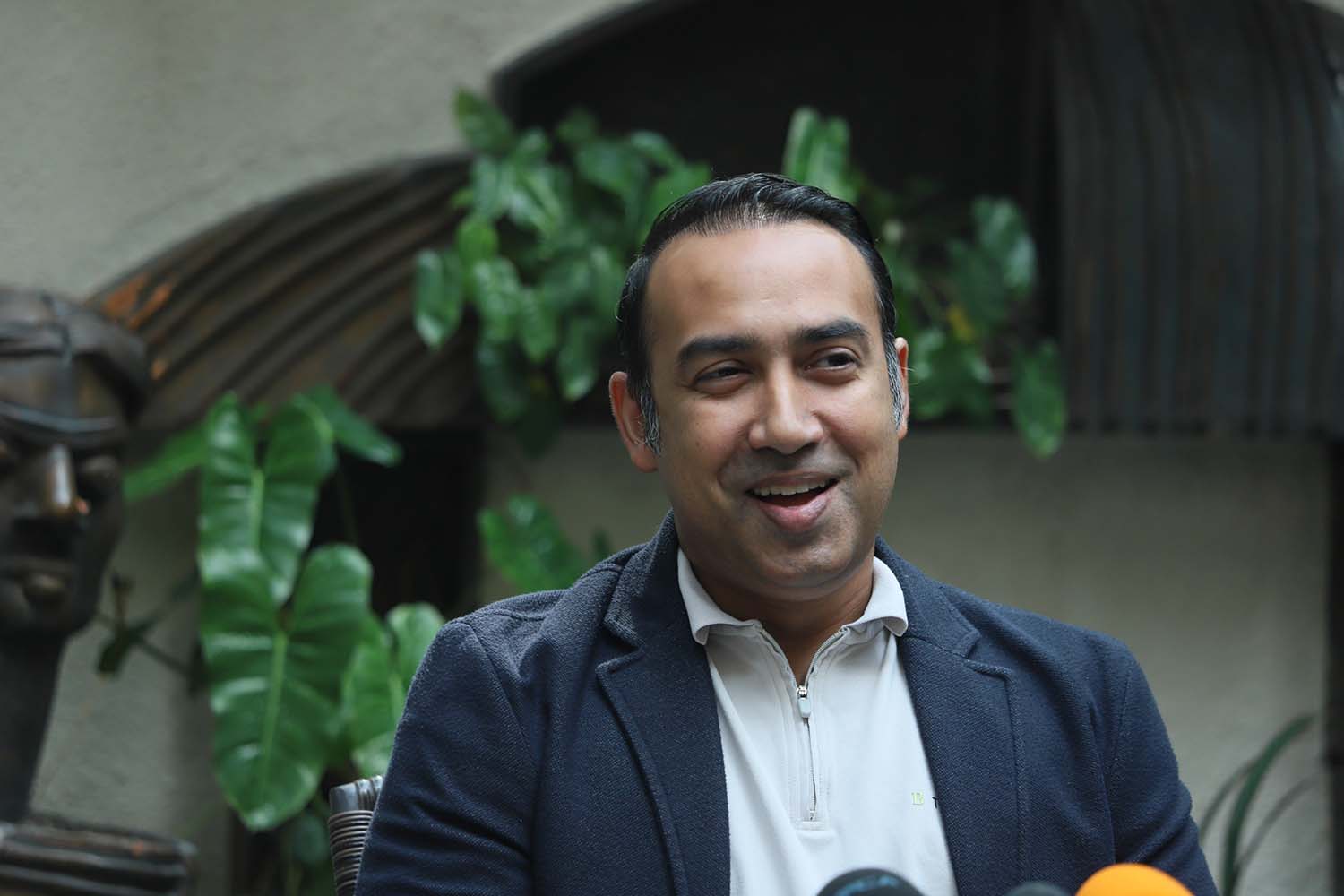
What impact do you expect from allowing SAARC players to be registered as local players in the Bangladesh league?
The South Asian Football Federation (SAFF), as a group, has the lowest-ranked teams and lowest-paid players. Allowing SAARC players to be registered as local players is a positive step forward. This change opens opportunities for regional talent and enables our clubs to tap into a broader pool of skilled players.
Likewise, Bangladeshi players may get chances to play in neighbouring leagues like India’s, which will help them grow both financially and technically. In a whole, it will help the SAARC region to share and grow together. Overall, this initiative should boost the competitiveness of our clubs in AFC competitions.
Recently, players like Hamza Choudhury have generated excitement among Bangladeshi fans. How is BFF working to engage foreign-born or overseas-based players of Bangladeshi origin to contribute to the national team’s progress?
We have always been open and welcoming to players of Bangladeshi origin, no matter where they were born or raised. We maintain regular communication with these players, their families, and their clubs to keep the door open for their involvement.
But while we are excited about the contributions of players like Hamza Choudhury, we have also failed to identify home-born talents playing abroad.
To attract more overseas-based players, we have increased the number of friendly matches and national team engagements, creating more opportunities and exposure.
What are your main goals for Bangladesh football, both regionally and internationally?
Our ambition is clear: regionally, we want to become the top team in the youth categories, especially at under-15 and under-17 levels. We also aim for the Bangladesh league to serve as a feeder for stronger neighbouring leagues, such as those in India and Thailand.
On the international stage, our goal is for Bangladesh to be a consistent performer in Asian Qualifiers and, importantly, for the women’s team to become genuine World Cup contenders.
Beyond the players, we want to develop more coaches and referees who can get more engagements on the global stage, contributing to the sport in a wider capacity.




 26.12°C Kathmandu
26.12°C Kathmandu